Book Review
100 YEARS OF LEGENDS – THE OFFICIAL CELEBRATION OF THE LE MANS 24 HOURS
100 YEARS OF LEGENDS
THE OFFICIAL CELEBRATION OF THE LE MANS 24 HOURS
I’ve never been to Le Mans. As you’d guess, I have taken a deep dive into the reporting of the Le Mans 24 Hours since, I’ll guess, the mid-‘60s, when Ford put a decisive end to Ferrari’s domination. And I’ve seen Steve McQueen’s Le Mans and Ford v Ferrari multiple times, and enjoyed them both – although I’ll never buy Matt Damon as Carroll Shelby; Damon, as you’d know, is from Massachusetts, forgawdsake. And those cars born in the crucible of Le Mans are some of my favorites: Bentleys from the late ‘20s through 1930, Jaguar’s C-Types and D-Types in the ‘50s, the Shelby/Salvadori Aston Martin of 1959 and, of course, Ford’s GT40, winning multiple times beginning in 1966. There’s a lot of history to wrap your head around; happily, 100 YEARS OF LEGENDS: THE OFFICIAL CELEBRATION OF THE LE MANS 24 HOURS provides not only an expansive history in its 336 pages, but does so in a completely entertaining format.
Having been exposed, over the last year, to both a 75-year celebration of Porsche’s 356 and the Porsche 911’s sixty years of history, I was prepared for a year-by-year, page-by-page narrative; those formats are typically well organized, but can also be a bit of a slog – especially when the material is recapping a full century. In a collaborative effort by four authors – Denis Bernard, Basile Davoine, Julien Holtz and Gerard Holtz – those 300+ pages and 600+ images take you, at least figuratively, all over the Le Mans map. And beyond the words, the publisher’s graphics department – led by Cecile Benier and Chloe Hart – deserve a round of applause for their ‘what comes next?’ layout.
Beyond, of course, the cars you remember (see above) are the cars you should remember, but perhaps don’t. These, too, are thoroughly documented, and include Alfa Romeo, Porsche, Matra, Peugeot, Audi and Toyota, along with a personal favorite, Mazda’s rotary-powered 787B; that car took the overall win in 1991, and was the first Japanese marque to do so.
Obviously, in that century design and technology have advanced in leaps and bounds. From platforms, suspension and braking to aerodynamics and safety, not only are today’s entrants completely different from those racecars in the contest’s early years; today’s machinery is completely different from those racing in the ‘80s and ‘90s. And with the higher speeds teams of two drivers for the day-long contest have evolved into teams of three and, most recently, teams of four.
Although the cars and their success – or lack thereof – in the race receive the bulk of the book’s attention, the pilots of the race machinery are certainly not overlooked. From the five pole positions of Jacky Ickx to the nine consecutive podiums achieved by Emanuele Pirro to mention of ‘rookie’ sensation A.J. Foyt’s win – in 1967 – at both his first and only Le Mans appearance, countless drivers are given the attention appropriate to their achievements.
Additionally, Ford driver Ken Miles, perhaps the best known of those not winning Le Mans, is given appropriate space for Ford’s photo finish in 1966, where Miles and co-driver Denny Hulme finished second.
As the Le Mans 24 Hours begins its second century in 2024, enjoying a recap of its first 100 years seems not only appropriate, but a viable way of prepping those of us who have (perhaps) lost the almost singular focus necessary to know the what’s what and who’s who. While an ‘official’ celebration can occasionally be suspect, this book is well worth reading and, at $85 in the U.S., well worth owning.
The almost-encyclopedic 100 YEARS OF LEGENDS is available from Evro Publishing. Ask your locally owned bookseller to secure it for you.






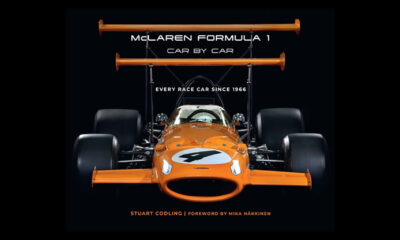
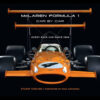





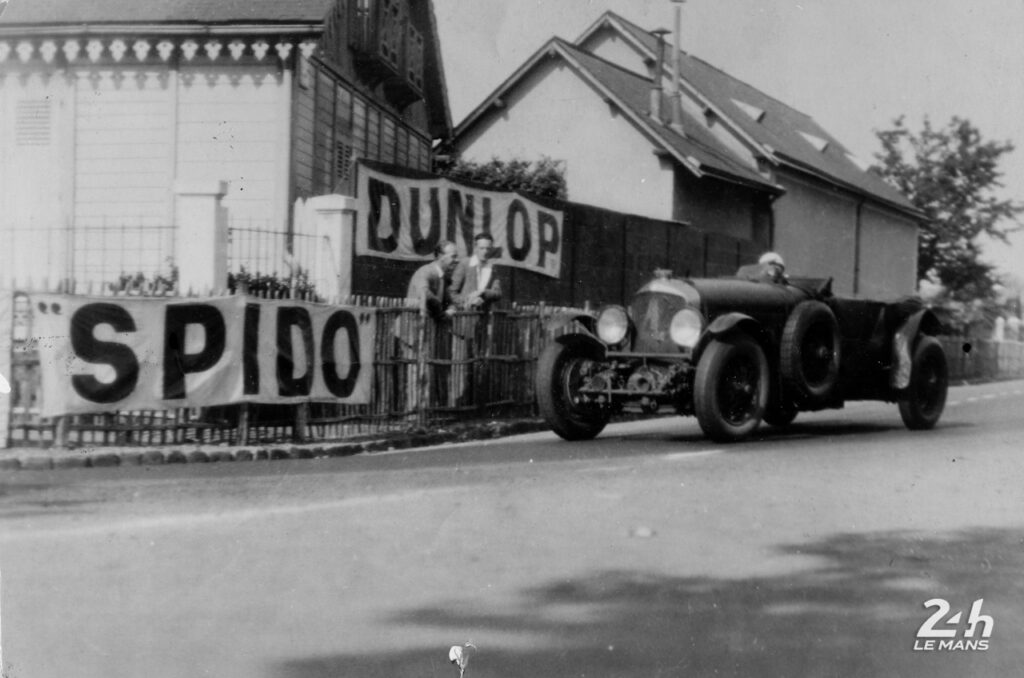

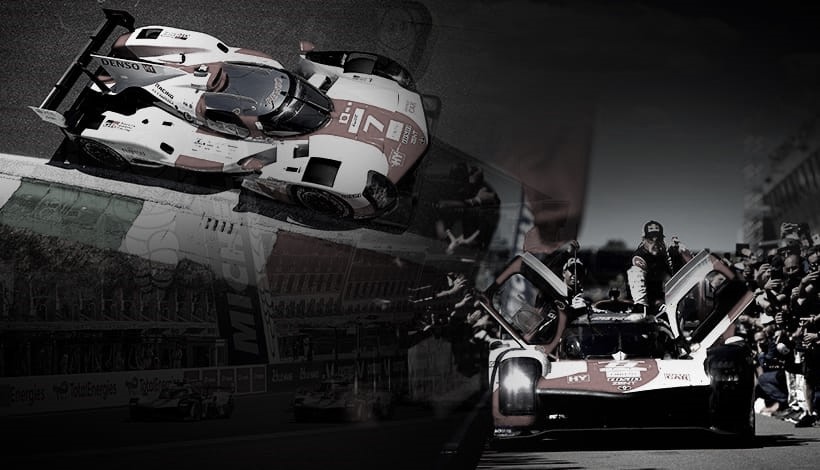
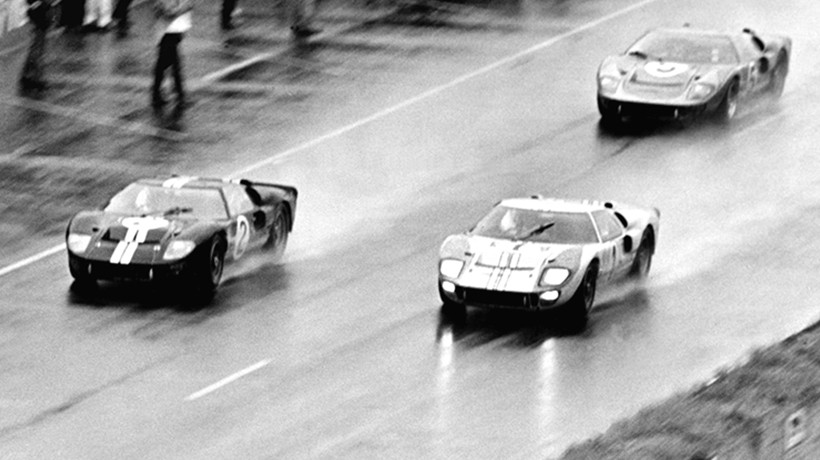


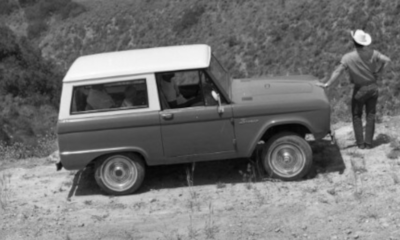








2 Comments